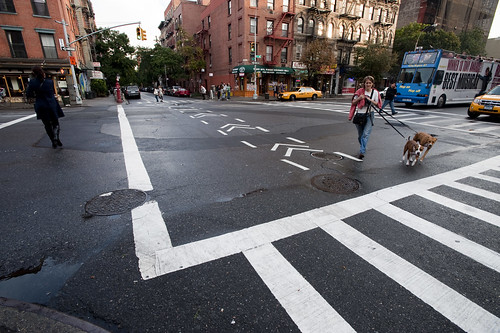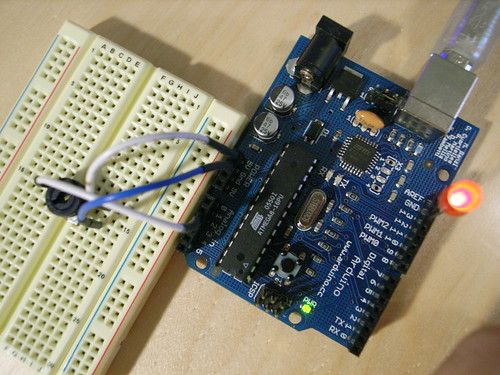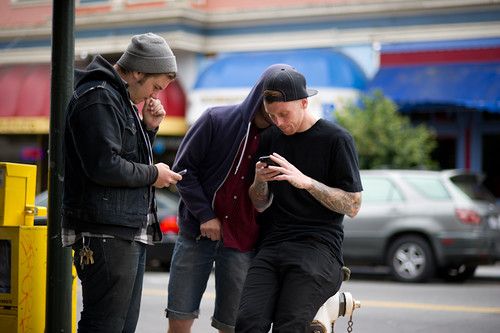
One week from today I’ll have the pleasure of sharing a panel discussion with my old chum Sascha Pohflepp and the eminent Norman Klien as Art Center rounds out its summer “Made Up” residency studio program. Fun. Come out and check it out!
Join the Media Design Program
Friday, September 17, 2010
3:00 to 5:00 pm
Wind Tunnel Gallery, South Campus, Art Center College of Design
950 S. Raymond Ave., Pasadena, CA 91105
FREE TO THE PUBLIC
PARKING ON SITE
AS IF: alternate realities
This panel discussion, moderated by MADE UP organizer Tim Durfee, will consider the value (or perhaps merely the appeal) of a methodology that could be characterized as: assume a set of conditions (abitrary, absurd, speculative), play it straight. Historically, alternate realities have been the realm of literature and film but what might be the effects of such an approach within a field (design) that is conventionally concerned with the cold, hard facts of the real world, of the here and now. And importantly, why does this work feel uniquely relevant NOW?

Panelists:
Sascha Pohflepp, London-based designer and artist, was one of this summer’s researchers-in-residence. As part of the MADE UP theme, he produced the project “SUPERCALIFORNIA!” which turns the phantom futures of Southern California into compelling design fiction.
Julian Bleecker, a designer and technologist, is a researcher at the Design Strategic Projects studio at Nokia Design, and the co-founder of the Near Future Laboratory, a “design-to-think” studio.
Norman Klein is a cultural historian, critic, and novelist, and the author, with Margo Bistis, of the multi-media database/novel/website/art installation titled “The Imaginary Twentieth Century,” a historical science-fiction novel. His forthcoming book is called The Dismantling of the American Psyche: MediaBuzz, Political Branding, and Collective Amnesia: 1968-Present
Continue reading Made Up Panel Discussion September 17 at Art Center College of Design






